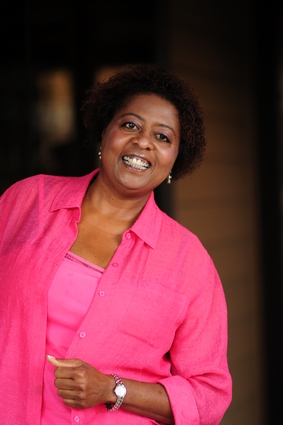Giving presents is also a big part of the holidays - however this is not what this time of year is really about. It is a time to give thanks and have gratitude for the life we live – for the people we love and the many blessings we have been given throughout the year. It is a time to give joy to others through acts of kindness given from the heart.

When we give from the heart there is no expectation of receiving anything in return. There is no desire for even a thank you from the act of giving – giving unconditionally. Not enough of us do this. We usually get offended when we give a present and it isn’t reciprocated. Which leads me to the question ‘What is the motivation behind giving’?
Sometimes giving a smile or a word of encouragement is the greatest Christmas present we can give another person.
Let’s go on a journey to the past to discover how giving presents on Christmas began.
Around 350 C.E there was a bishop in present day Turkey (Bishop Nicholas of Smyrna) who was very wealthy and very generous. Because he loved children so much he would throw presents in the houses of poor children. Thus the church declared the Bishop as the patron saint of seafarers and children – and he was given the name Saint Nicholas.
The next part of the story brings in the pagan holiday ‘Yule’. Yule was a Germanic holiday celebrating the Norse God Odin who rode a great horse named Sleipnir who could jump really big distances in the air using his eight legs. (I think this horse gives Superman a run for his money.) The Norse God had a long white beard and long white hair. As the story goes – children would fill their boots with straw and carrots – place them by the chimney for the horse Sleipnir to eat. Because of the children’s unconditional gifting Odin would replace the food with presents.
As time passed and Christianity became more popular in the Netherlands, Germany and Belgium - the boots that the children used were replaced by stockings hung by the fire and the eight legs of the horse Sleipnir became eight reindeer and the Norse God Odin became Saint Nicholas.
During December – all over the ancient known world celebrations were taking place. In Europe pagans were celebrating winter solstice – the darkest day of the year with rituals and celebrating the return of the Sun. The Babylonians and Persians celebrated Sacaea - where masters and slaves traded places. In Scandinavian areas the Sun would disappear for weeks, so look outs would be sent up the mountain to look for the Sun’s return. The event of the returning Sun was celebrated with a festival called Yuletide. Apples were hung on trees to denote spring was on its way.
Mesopotamians’ celebrated the New Year with a festival called Saturnalia for the god Kronos who battled Zeus. This was done with parades, giving lucky gifts of fruit, visiting friends and having feasts. Halls were decorated with laurel, garland and trees with candles.
Again, around 350 C.E. the bishop of Rome Julius 1 - decided to make December 25th the day to celebrate the birth of Christ. The Roman Emperor Constantine who converted to Christianity felt the best way to get the pagans to celebrate with Christians was to put the celebrations together by incorporating the rituals of both groups together. With the support of the Pope, Constantine accomplished this goal and Christmas was born.
Fast forward to the present and the traditions and rituals created all those years ago are still being observed. We are celebrating the bounty of the year in all its many forms.
So keep the rituals going by spending time this season looking back over the year with gratitude for all the many blessings you have received this year.
Merry Christmas!!!
See you in the New Year.


Get Connected:




